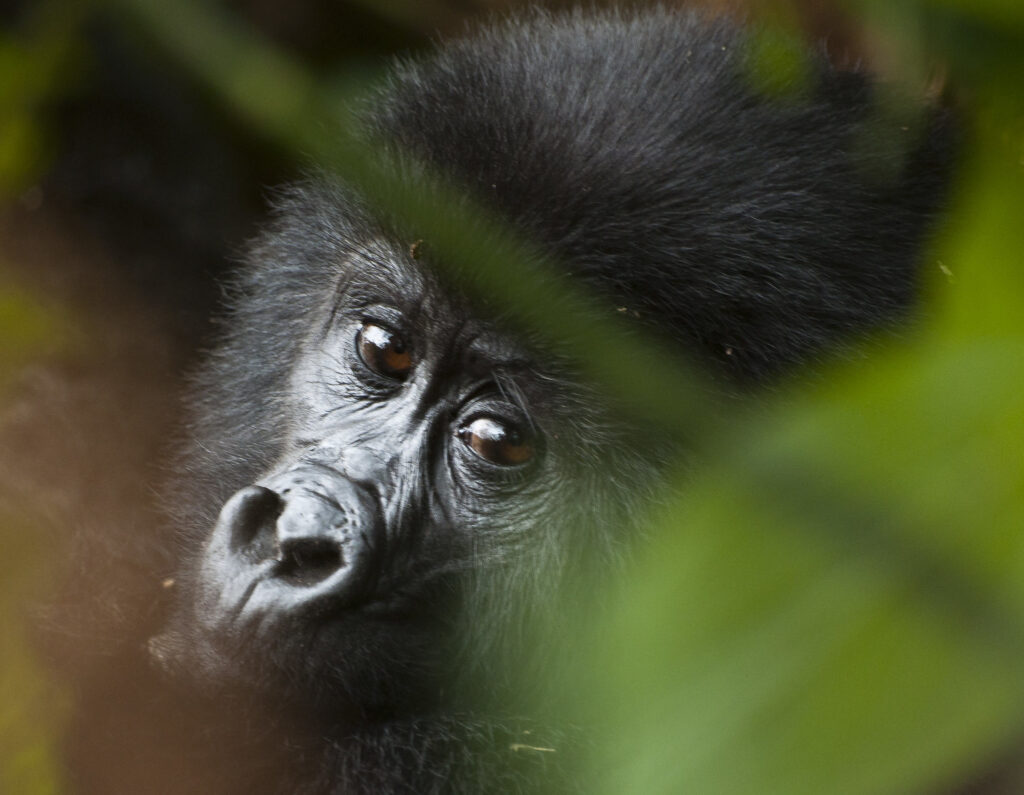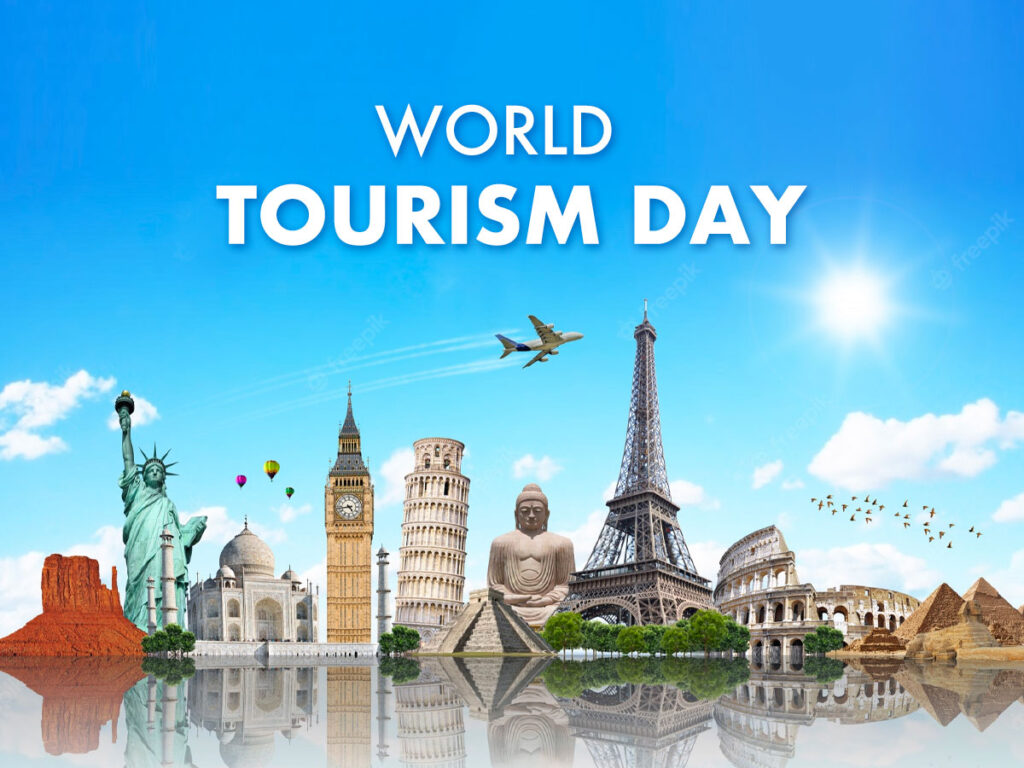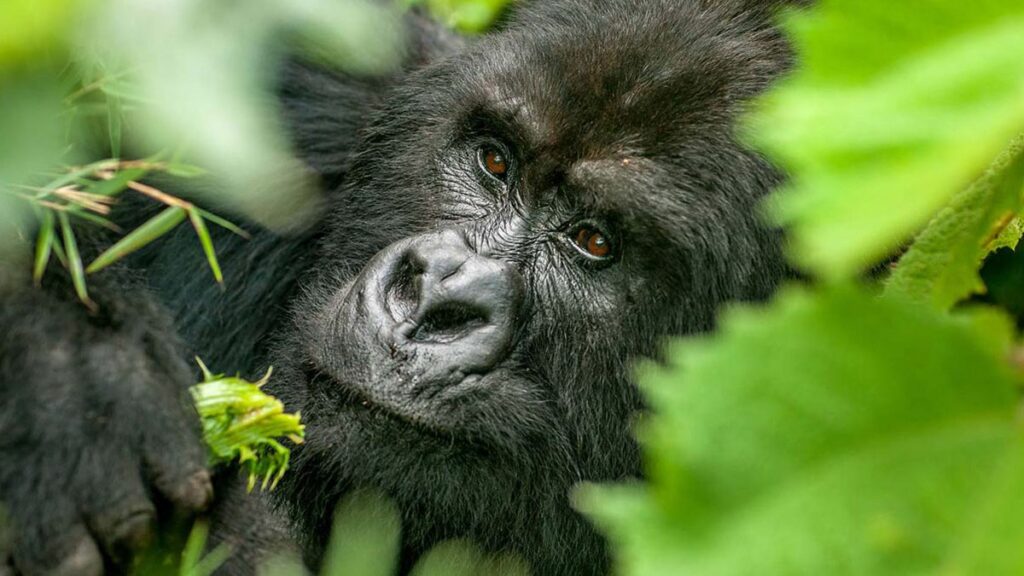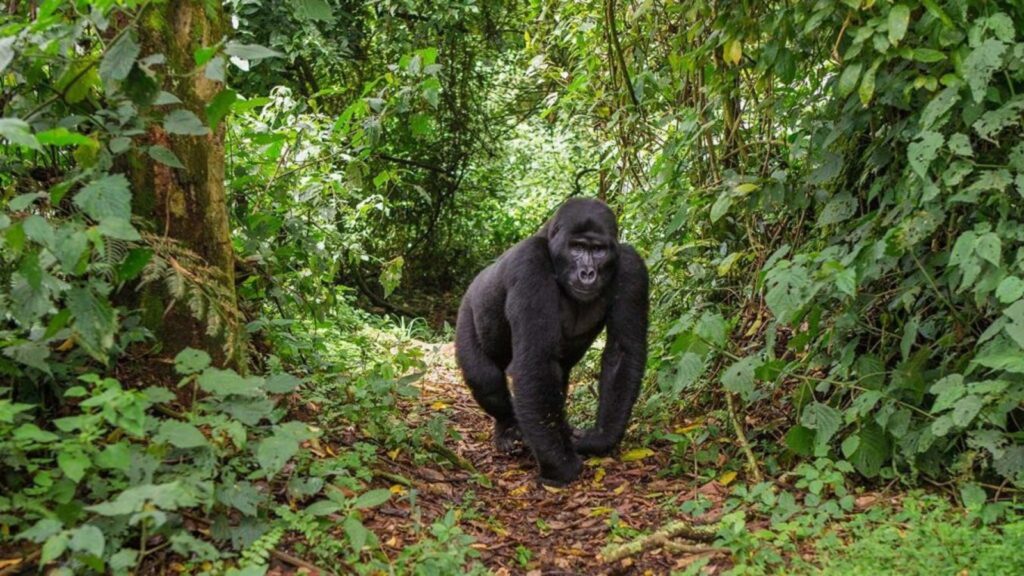Gorilla Trekking Guide Roles—What Your Guide Does on the Trek
Guide roles in gorilla trekking . A gorilla trekking adventure begins long before you step into the forest. Behind every successful trek is a professional guide. These guides play a vital role from your first briefing to the moment you meet the gorillas.
In this post, you’ll learn exactly what your guide does and why their role is essential to both your safety and your overall experience.
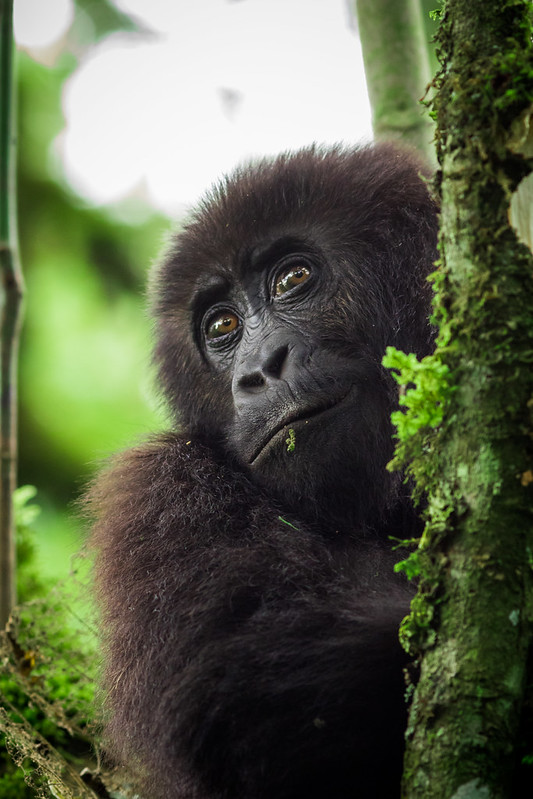
Pre-Trek Responsibilities
Your trekking guide starts working before the hike begins. On the day of the trek, they arrive early at the park headquarters. They register your group and ensure everyone attends the mandatory safety briefing.
They explain the dos and don’ts of gorilla trekking. This includes how to behave near gorillas, how to interact with the forest environment, and what to expect on the trail. They also verify that everyone is fit to trek, properly dressed, and carrying essential gear like water and a packed lunch.
If any member of the group needs a porter or a walking stick, the guide helps arrange it on-site.
During the Trek
Once the trek begins, your guide leads the way through thick forest trails, steep slopes, and sometimes muddy terrain. They set a manageable pace, regularly checking if everyone is okay.
Their deep knowledge of the forest helps you spot other wildlife like birds, monkeys, and forest elephants. They also share facts about plants, trees, and the park’s ecosystem. This turns the hike into more than just a walk—it becomes a learning experience.
While you trek, a team of trackers goes ahead to locate the gorilla family. Once the gorillas are found, your guide communicates with the trackers using walkie-talkies to direct the group to the location. This saves time and energy, especially when the gorillas move often.
At the Gorilla Encounter
When your group reaches the gorillas, your guide reminds everyone to stay calm and quiet. They make sure you maintain the correct distance—usually seven meters. If a gorilla approaches, the guide will advise you on how to behave. In most cases, standing still and lowering your eyes is enough.
The guide also helps organize your viewing time. They ensure everyone has a clear line of sight and enough time to observe and take photos. If tensions rise among the gorillas or if an alpha silverback moves suddenly, your guide steps in to manage the situation safely.
They coordinate with the rangers to start the official one-hour countdown with the gorillas.
Post-Trek Duties
After the trek, your guide leads the return hike to the park office. They make sure no one is left behind or struggling. At the end, they assist in handing out gorilla trekking certificates, answer follow-up questions, and help with transfers back to your lodge.
If your tour includes cultural visits or additional treks, the same guide may continue with you to the next destination.
Why Your Guide Matters
A guide isn’t just there to lead the way. They’re storytellers, naturalists, safety managers, and cultural ambassadors. They ensure your safety, enrich your experience, and help you understand the deeper meaning behind gorilla conservation.
Their training often includes wildlife behavior, first aid, and language skills. Most have years of experience and a passion for protecting the forests they call home.
Conclusion
A gorilla trekking guide does much more than walk you through the forest. They prepare you, protect you, teach you, and enhance every moment of your trek. Their role is central to making your journey safe, insightful, and unforgettable.

